KNIFEMAKING
FOR BEGINNERS
Step-By-Step Guide for Forging and Customizing Your First Knife to Perfection
Bladesmithing Sheath and Handle Crafting - Sharpening
Mark Smith
Copyright 2020 By -Mark Smith All Rights Reserved.
This document is geared towards providing exact and reliable information in regard to the topic and issue covered. The publication is sold with the idea that the publisher is not required to render accounting, officially permitted, or otherwise, qualified services. If advice is necessary, legal or professional, a practiced individual in the profession should be ordered.
From a declaration of principles which was accepted and approved equally by a committee of the american bar association and a committee of publishers and associations.
In no way is it legal to reproduce, duplicate, or transmit any part of this document in either electronic means or in printed format. Recording of this publication is strictly prohibited and any storage of this document is not allowed unless with written permission from the publisher. All rights reserved.
The information provided herein is stated to be truthful and consistent, in that any liability, in terms of inattention or otherwise, by any usage or abuse of any policies, processes, or directions contained within is the solitary and utter responsibility of the recipient reader. Under no circumstances will any legal responsibility or blame be held against the publisher for any reparation, damages, or monetary loss due to the information herein, either directly or indirectly.
Respective authors own all copyrights not held by the publisher.
The information herein is offered for informational purposes solely and is universal as so. The presentation of the information is without contract or any type of guarantee assurance.
The trademarks that are used are without any consent, and the publication of the trademark is without permission or backing by the trademark owner. All trademarks and brands within this book are for clarifying purposes only and are the owned by the owners themselves, not affiliated with this document.
Table of Contents
Introduction
One of man's strongest crafts is the art of creating knives. The knowledge to use them, willingness, and time will make their knife special. By utilizing a metal blank for the knife and timber or other products for the grip, knives may be crafted from scratch. Knives from imported kits may also be developed. Knife blades "made from scratch" are created by one of 2 techniques: extraction of stock, or scraping and grinding, or welding, often called "blade smiting." Continue reading to find out how this phenomenal art originated and how you can become a pro at it yourself.
It cannot be disputed that early individuals who existed thousands of years ago were the first knife builders, most possibly in caves where most of the earliest knives were found. What motivated them to build a tool like that? For protection, the most sensible answer would be. Continued existence was largely based on defense, shelter, and food for these segments of the population. They wanted a system that would enable them to kill livestock for their food. They wanted a tool to help them buy clothes. And they wanted a weapon that would help them defend themselves from the dangerous wolves that prowled the woods back then and from other threats. Both of these requirements and more were addressed by the edged tip or the knife. These knife makers required better cutting equipment as time passed, which was what motivated them to start perfecting stones to accomplish a finer blade.
Man would never have ascended to the peak, killed livestock, harvested and grew food, or even established settlements without the creation of knives. That there is such a broad cultural trend behind knives and that so many people simply enjoy them makes common sense. Often it may be tough to describe why we love and sometimes obsess about our blades and edged weapons. The response is clear since, at the most primitive level, we are essentially bound to knives. Genetically coded into our Chromosomes is the obsession and appreciation of blades.
Chapter 1.
Knife Workshop
Not possessing a knife has been a serious barrier for 99.99 percent of human experience. The knife provided us the opportunity to connect with the environment around us. Regrettably, keeping a knife is mostly considered taboo for us residing in modern days. We are sure that any person who holds a knife today has encountered some form of negative reaction. Knives are used first as a knife and second as a service. It's the other route around, though. A method that may be used as a firearm is a knife. But is it not valid of any instrument? Everyone may use a hammer, drill, car keys, or a #2 pencil as an offensive tool, but that doesn't suggest they are or are listed as such. The most basic human weapon is the knife.
Constructing a knife-making workshop of your own is not as hard as it sounds. In fact, it can be a good pastime for any hobbyist looking for a new hobby that is both fun and productive. You choose to use your workshop as a side hobby or even a full-time knife producing business. With only a few important tools and the right machinery, you can create any knife of your choice, whether it's a boning kitchen knife or a Japanese inspired samurai sword. Read this chapter to find out exactly how you can do it.
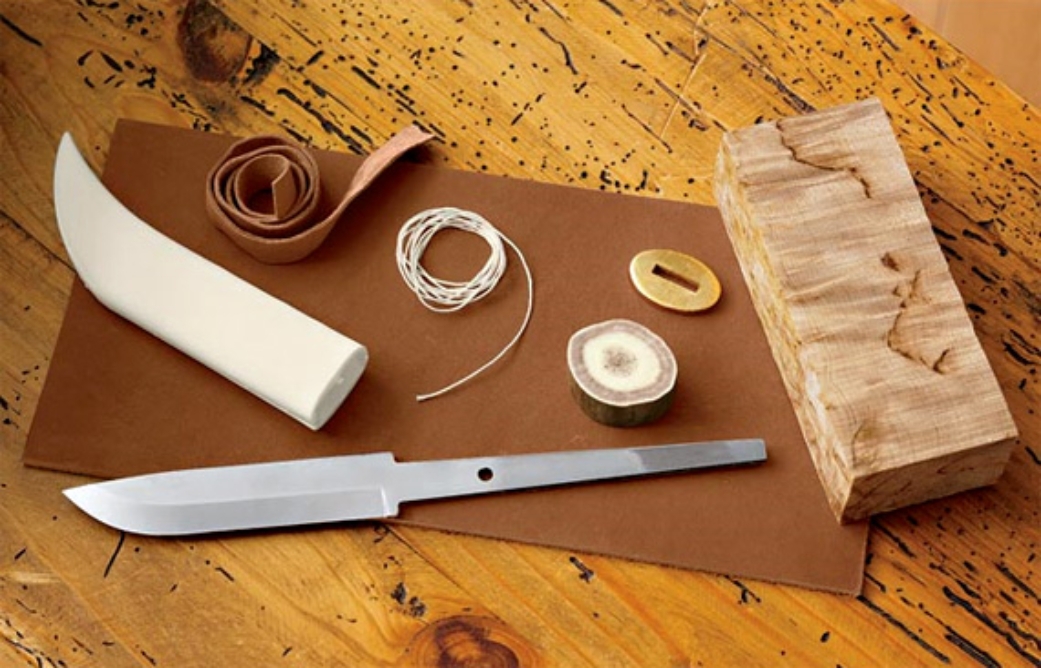
1.1 Tools You Need
While the knifemaker's tool list can differ wildly based on who you inquire from to aid in getting you moving, here is a simple assembled simple tool list. In garages around the world, many of these are popular.
Gear of Protection - Protective protection is the most critical thing to get while producing knives. The protective gear guarantees that when dealing with sharp and unsafe items, you stay secure and protected. Here is a selection of protective equipment you can get:
Goggles or Protection Glasses - Sharp and fragile debris will travel into your face while creating a knife. With goggles or safety glasses, shield your eyes from steel dust and debris.
Strong gloves - Knives and the equipment used to create knives are blunt, making them possible to cut your palms in the process in addition, in order to strengthen and tighten the knife, you have to heat up steel, providing an incentive for you to damage your hands. Heavy gloves shield your hands from being cut or burned.
Job Bench - Table or other substantial work regions. To act when standing, it needs to be around the correct height. To keep the steel, a bench vise can act as a third side, making it easier to operate on and form the weapon. Because knives are so thin, this tool is necessarily relevant. Search for a bench vise that is a 360-degree modification of the swivel frame, enabling you to alter the job place. Position the mouth above to operate a bench vise such that it keeps the blade in the air, allowing it easy to access. Bear in mind that good protective measures should be applied while using a bench vise. This configuration can be really risky because the blade is in the air. Walk carefully, and while you are not operating on it, do not drop the blade in the open.
Hacksaw - To get you going, any reasonable hacksaw with a strong blade would be fine. Choose bi-metal blades of decent consistency. Bi-metal implies that the teeth vary from the surrounding blade in terms of metal (and hardness). All the nice labels are Lennox, Starrett, Milwaukee, DeWalt.
Files - At least two wide files, one smooth cut, and one raw cut. It is recognized as decent by the Nicholson brand. Handles are voluntary, but they make it easy for hands to deal with data.


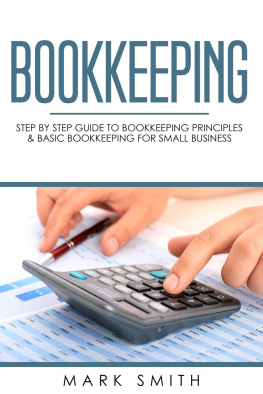
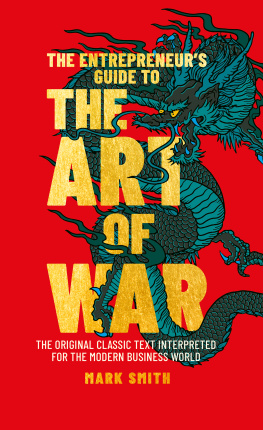


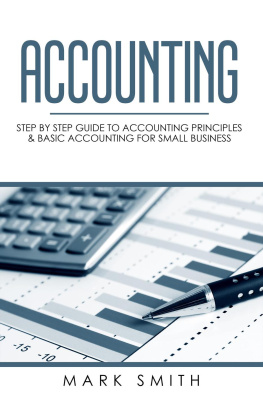

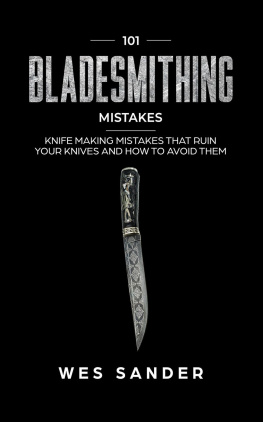

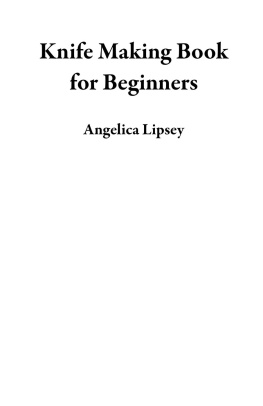
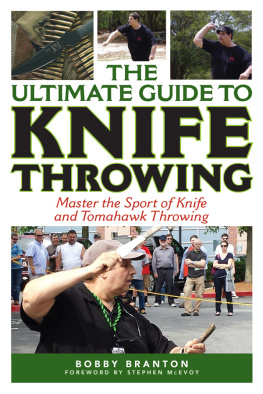
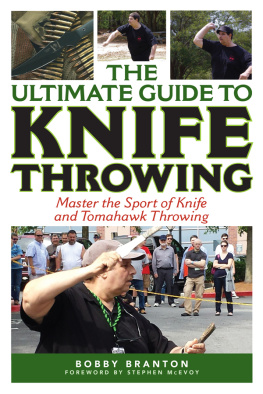
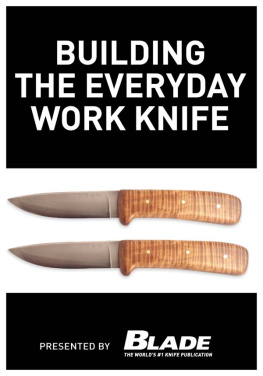
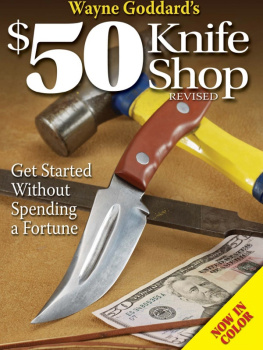
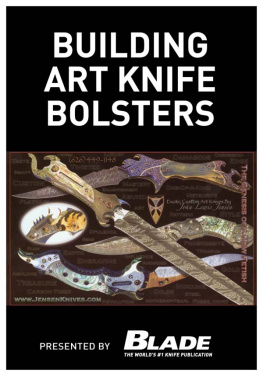
 1.1 Tools You Need
1.1 Tools You Need